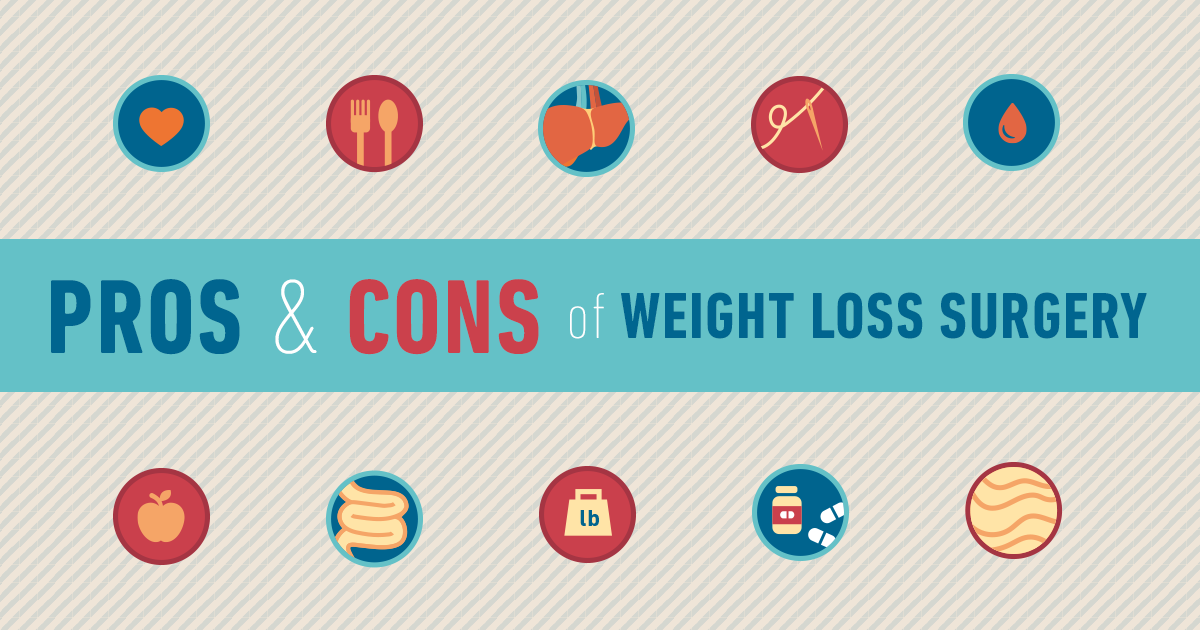If you're contemplating SMILE eye surgery, contemplate this: are you prepared to welcome potential visual flexibility, or does the thought of any type of risks make you wait? Your decision will certainly hinge on a mindful equilibrium of evaluating the benefits against the unpredictabilities. It's important to dive deeper into the nuances of SMILE surgical procedure to make an educated option that aligns with your visual goals.
Comprehending SMILE Eye Surgical Procedure
When considering SMILE Eye Surgical treatment, it is essential to recognize the procedure and its benefits. SMILE, which means Tiny Incision Lenticule Removal, is a minimally intrusive laser eye surgical treatment that remedies common vision troubles like nearsightedness (nearsightedness).
During the procedure, your eye specialist will certainly utilize a femtosecond laser to produce a tiny incision in your cornea. Through this laceration, a little disc of cells called a lenticule is removed, reshaping the cornea and remedying your vision.
One of the vital advantages of SMILE Eye Surgery is its fast recuperation time. Lots of patients experience improved vision within a day or 2 after the procedure, with minimal pain.
Additionally, SMILE is understood for its high success price in giving long-lasting vision modification. Unlike LASIK, SMILE doesn't need the production of a flap in the cornea, minimizing the danger of complications and enabling a more stable corneal framework post-surgery.
Recognizing the treatment and its advantages is essential when thinking about SMILE Eye Surgery for vision correction.
Advantages and disadvantages of SMILE
Considering SMILE Eye Surgical treatment for vision correction includes numerous advantages and possible disadvantages.
Among the main pros of SMILE is its minimally invasive nature, as it entails a little cut and generally results in fast recovery times. The procedure is additionally understood for creating minimal pain and dry eye signs post-surgery compared to other vision correction methods. Additionally, SMILE has actually been shown to supply outstanding visual outcomes, with several clients achieving 20/20 vision or better.
On the other hand, a possible disadvantage of SMILE is that it might not be suitable for people with serious refractive mistakes, as the therapy array is rather limited compared to LASIK. One more consideration is that the learning contour for surgeons carrying out SMILE can affect the schedule of seasoned carriers in specific areas.
It is very important to consider these benefits and drawbacks thoroughly when deciding if SMILE is the appropriate choice for your vision adjustment demands.
Establishing Eligibility for SMILE
To figure out if you're qualified for SMILE eye surgical procedure, your ophthalmologist will certainly perform a comprehensive examination of your eye wellness and vision needs. Throughout this examination, variables such as the security of your vision prescription, the density of your cornea, and the overall health and wellness of your eyes will be assessed.
Normally, candidates for SMILE are over 22 years old, have a steady vision prescription for at the very least a year, and have healthy and balanced corneas without conditions like keratoconus.
Your ophthalmologist will additionally consider your overall eye wellness, any kind of existing eye problems, and your way of living needs to figure out if SMILE is the ideal option for you. It's vital to interact any kind of certain aesthetic needs or worries you might have throughout this assessment to make sure that the therapy straightens with your expectations.
If learn more for SMILE, your eye doctor may advise different vision adjustment choices that much better match your private requirements and eye wellness status.
Verdict
Ultimately, making a decision whether SMILE eye surgery is right for you calls for careful factor to consider of your individual eye health and wellness and aesthetic needs. Seek advice from your ophthalmologist to determine your qualification for the procedure and evaluate the potential benefits and drawbacks. Remember to communicate Recommended Looking at or inquiries you may have during the evaluation process to make an enlightened choice concerning your vision adjustment choices.
